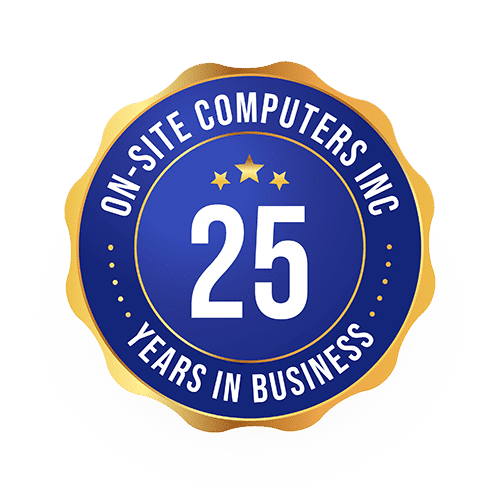IT Improves Patient Care In Nursing Homes
A decade ago, the American Reinvestment and Recovery Act brought $25 billion to the US healthcare industry as an investment in its IT. Meant to improve quality of care, patient safety, and organizational efficiency, this funding helped to effect positive change in much of the American healthcare sector.
But not, unfortunately, in nursing homes. The ARRA was designated for more active healthcare fields, and as such, not much of the funding went to supporting facilities for aging citizens. It’s only recently that the healthcare field has begun to notice what IT has to offer senior care and nursing homes.
“Approximately 16,000 nursing homes exist in the United States, and more than one million older Americans depend on nursing homes for their care,” said Greg Alexander, a professor in the Sinclair School of Nursing, to Science Daily. “Yet despite the significant role nursing homes play in health care, nursing homes do not receive the same financial incentives to upgrade their IT systems as hospitals.”
How Can IT Benefit Nursing Homes?
As a part of their ongoing research at the University of Missouri, Alexander and his team undertook a three-year study to find out how investment in IT could benefit nursing homes. They used the IT Sophistication Survey, determining scores based on IT capabilities, and examining how IT is used in a range of daily processes such as resident care, clinical support, and administrative activities.
What did they find? IT is becoming a big part of the senior care industry, and for good reason.
“The scores indicated that technology is becoming a greater part of resident care in areas where physicians and nurses work, not just in areas of administration and billing,” said Alexander to Daily Science. “We found that as IT sophistication increases in resident care, there appears to be a positive impact on quality measures. This finding means that if nursing home staff have access to the right technological tools and are using them to facilitate resident care, quality of care can and should improve.”
In What Ways Can IT Benefit Nursing Homes?
Mobile Advantages
Embracing mobile technology can offer benefits to both you, your staff and your residents.
- Practice-Wide Cost Savings: Having your staff use their own personal devices for work means that you don’t have to pay for the technology they’d be using otherwise. Depending on the size of your practice, that could mean potential savings of thousands of dollars that would have been necessary to pay for tablets and work phones.
- Employee Efficiency: Allowing your staff to use their technology also means there’s no pesky learning curve to overcome with new devices. Instead of having to ensure your staff knows how to use the hardware at work, they can simply use the phone, tablet and/or laptop they’re already familiar with.
- Improve Patient Experience: When used properly, modern technology will allow them to communicate with loved ones, spend their free time learning and engaging with new content on a variety of platforms, and maintain a degree of independence and competence during this stage of their life.
Cybersecurity Protection For Residents
If you have long term elderly residents in your care, who have the ability to access email and the Internet, then they are likely targets for cybercriminals.
A majority of cybersecurity technologies offered today include the best in vital software, from firewalls to anti-malware to data encryption and more. However, as important as this technology is, on its own, it simply isn’t enough.
Much of cybersecurity is dependent on the user, and as such it’s vital that you properly educate your residents in safe conduct. The more your patients know about the security measures you have in place, the more confidently they can use the technology is a secure manner.
A simple cybersecurity training program will teach your residents how to handle a range of potential situations:
- How to identify and address suspicious emails, phishing attempts, social engineering tactics, and more.
- How to use social media without exposing data and other assets to external threats by accident.
- How to act when they suspect that an attack is occurring or has occurred.






